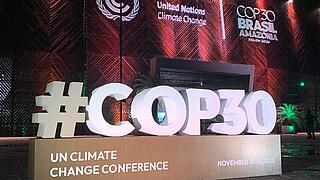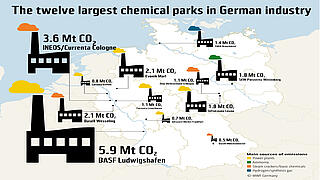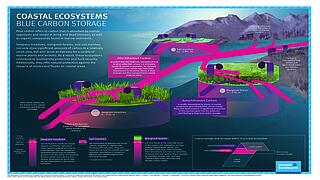Climate-damaging emissions from international aviation and shipping have been rising sharply for years. There is currently a lack of effective mechanisms to curb these emissions. Aviation is covered by emissions trading at the European level and by the Carbon Offsetting and Reduction Scheme for International Aviation (CORSIA) established by the International Civil Aviation Organization (ICAO) in the international context, but this has yet to produce ambitious greenhouse gas emissions reductions. Shipping is also steadily increasing due to growth in world trade; without appropriate policy measures designed to counter the trend, the EU’s GHG emissions from shipping can be expected to double by 2050 compared to 2010.
The Oeko-Institut has been analysing climate policy instruments in aviation and shipping for many years. The researchers put forward specific proposals on ways to integrate emissions from these sectors into international agreements; they also look at how the EU, for example, can reduce these emissions. This includes proposals on broader integration into EU emissions trading without free allocation of emission allowances, as well as mechanisms to expedite the switch to synthetic renewables-based fuels (e-fuels).












